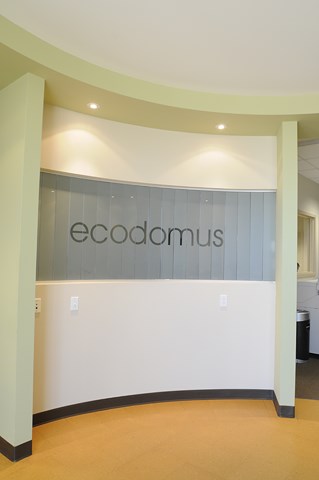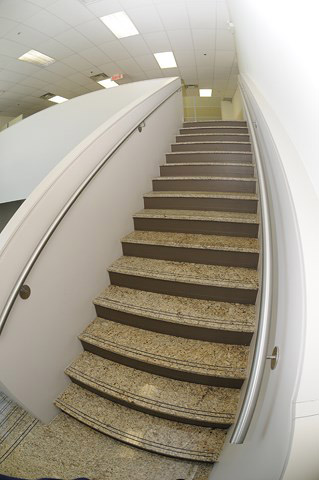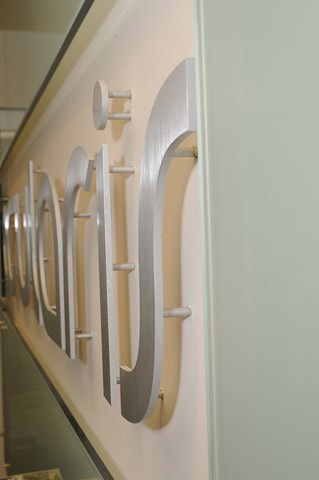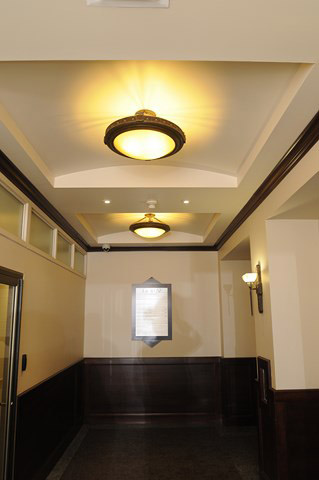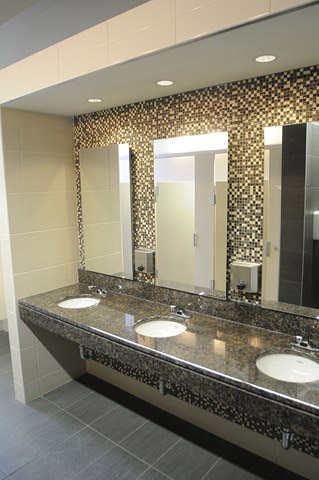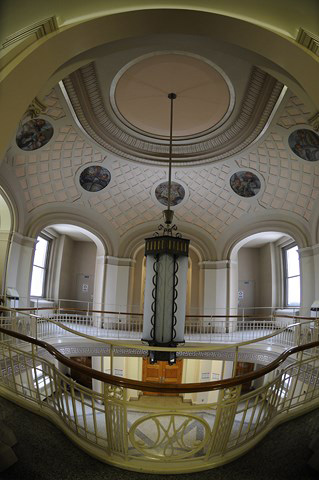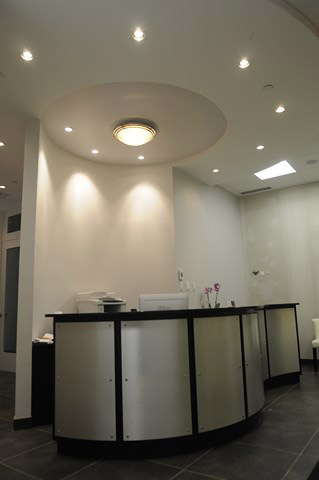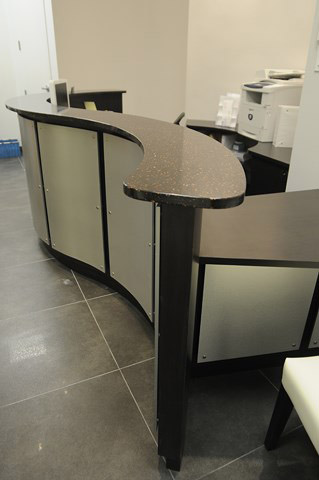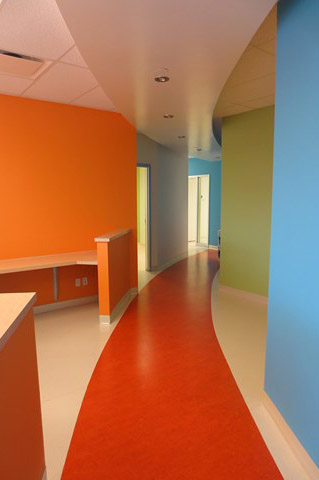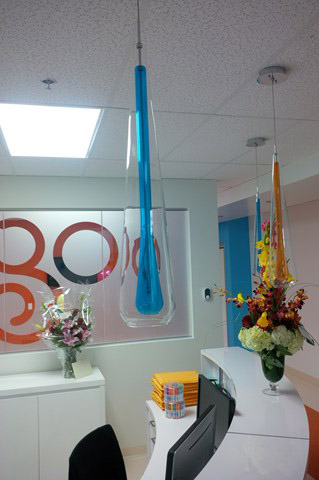Leadership in Energy and Environmental Design (LEED)
LEED is a green building certification program and the nationally accepted benchmark for the design, construction and operation of high performance green buildings and neighborhoods. LEED gives building owners and operators the tools they need to have an immediate and measurable impact on their building’s performance.
LEED promotes a whole-building approach to sustainability by recognizing performance in location and planning, sustainable site development, water savings, energy efficiency, materials selection, indoor environmental quality, innovative design strategies and attention to priority regional issues.
- Sustainable Site Development – The location of a project is the foundation for the sustainability of individual buildings or an entire neighborhood. The sustainability of a project has several aspects; Transportation, Site Selection, Site Design & Management, & Stormwater Management
- Water Savings – LEED encourages and recognizes efficiency measures that significantly reduce the amount of potable water used by buildings while still meeting the needs of the systems and the occupants. These measures involve all the water usage associated with buildings; indoor water for restrooms, outdoor water for landscaping and process water for industrial purposes and building systems.
- Energy Efficiency – Buildings are on the front line of the unsustainable energy supply and demand issue, and the integrated design of buildings neighborhoods and entire communities can dramatically boost energy efficiency and benefit from cleaner, renewable energy supplies. Well-designed buildings and land use offer some of the most cost-effective opportunities to save money while reducing greenhouse gas emissions. Efforts to address energy through green building focus on four interconnected elements; energy demand, energy efficiency, renewable energy, ongoing energy performance.
- Materials Selection – Buildings generate a large amount of waste throughout their life cycles, from construction to building operations to demolition. The amount of waste leaving a building can be reduced, however, through responsible procurement choices, as well as by implementing comprehensive recycling programs throughout the construction, operation and demolition phases. Green Building addresses two kinds of problem related to materials and resources; waste management and Life-Cycle impacts.
- Indoor Environmental Quality – Most people spend 90% of their time indoors, where concentrations of pollutants may be significantly higher than outdoor levels. Consequently, indoor environmental quality is a major concern in buildings. Strategies to improve indoor environmental quality have the potential to enhance the lives of building occupants, increase the resale value of the building, and reduce the liability for building owners. Strategies that improve employee health and productivity over the long run can have a large return on investment. Indoor Environmental Quality addresses the following factors; indoor air quality and thermal comfort, lighting and acoustics.
- Innovative Design Strategies – LEED recognizes two strategies for earning Innovation in Design Credits; exceptional performance and innovation. Exemplary performance strategies surpass the requirements of existing LEED credits and substantially exceed the performance based standards for energy, water, or waste management. Innovative strategies expand the breadth of green building practice and introduce new ideas in the building process.
- Regional Issues – Regional issues are developed with consideration of the particular needs of the region where the project is located.
Projects and buildings can apply for LEED certification in one of the following four levels; Certified, Silver, Gold, and Platinum in the following categories: New Construction and Major Renovation; Existing Buildings: Operations & Maintenance; Commercial Interiors; Core & Shell; Schools; Retail; and Neighborhood Development.
[ GO BACK ] - [ GREEN BUILDING ]







